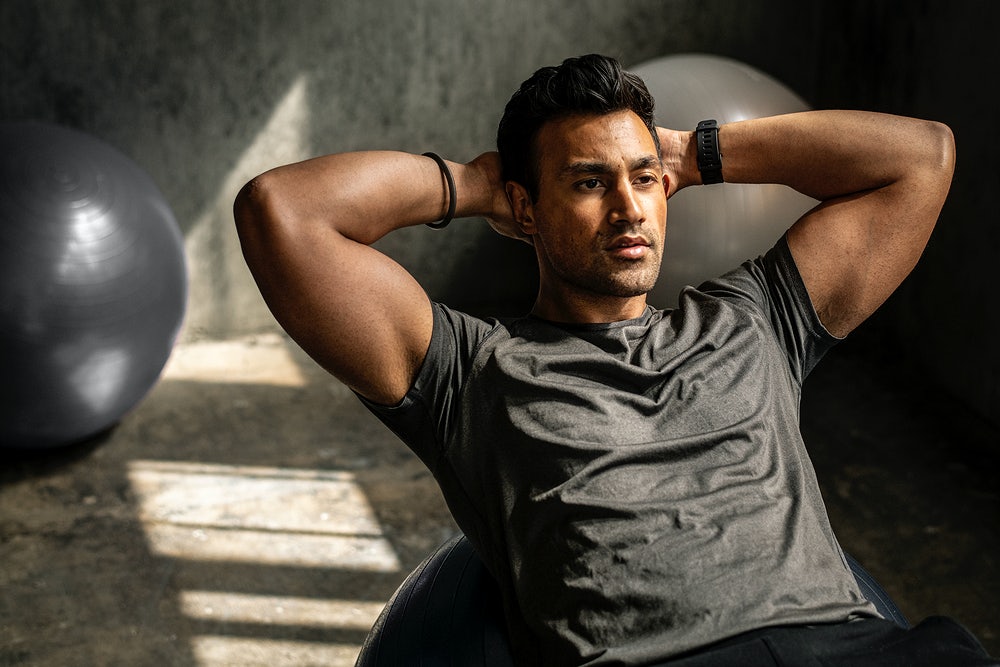
The range of motion refers to the total distance a weight travels and whether a muscle group goes through full lengthening and shortening during contraction. During recent times, there have been large levels of discussion as to what is optimal for both injury prevention and hypertrophy. The goal of repetition should be to take a muscle through its anatomical purpose; e.g for the pectoralis major or chest its responsible for shoulder flexion and humeral abduction.
This means that during the duration of a session you need to train both of these functions in order to adequately train your chest musculature.
Thereby, utilizing a full range of motion will pertain to greater benefits from a pure hypertrophy standpoint. For injury prevention, this discussion becomes a little harder to understand. Whilst using half range of motion on exercises such as a dumbbell, shoulder press may yield more tension purely on the deltoids. It also creates more strain on the surrounding connective tissues aka ligaments and tendons. Full range of motion, on the other hand, will assist in the strengthening of the surrounding joint capsule to a higher degree.
Therefore, in conclusion, attempt to utilize a full range of motion on all exercises. However, this is where smart programming must also come in. Exercises that are not suitable for your unique biomechanics may not allow you to achieve full ROM without assisting structures compensating for mobility imbalances. Some individuals will need programming with a modified range of motion. This is why having an external point of guidance in the form of a coach can be so beneficial! The body is a dynamic entity which means that what works for one person, may not work for another. Therefore trying to force your body to perform a full ROM exercise without adequate mobility will not work. But will increase your risk of injury! This is whereby having a coach who reviews your form can be so beneficial!



